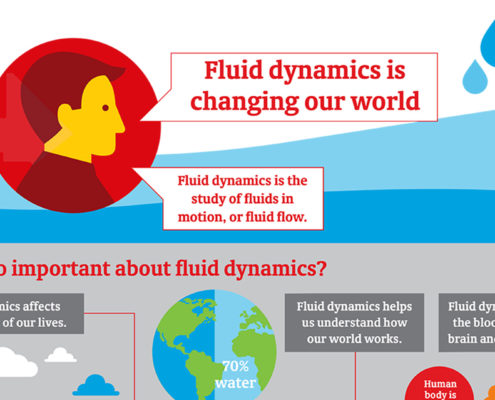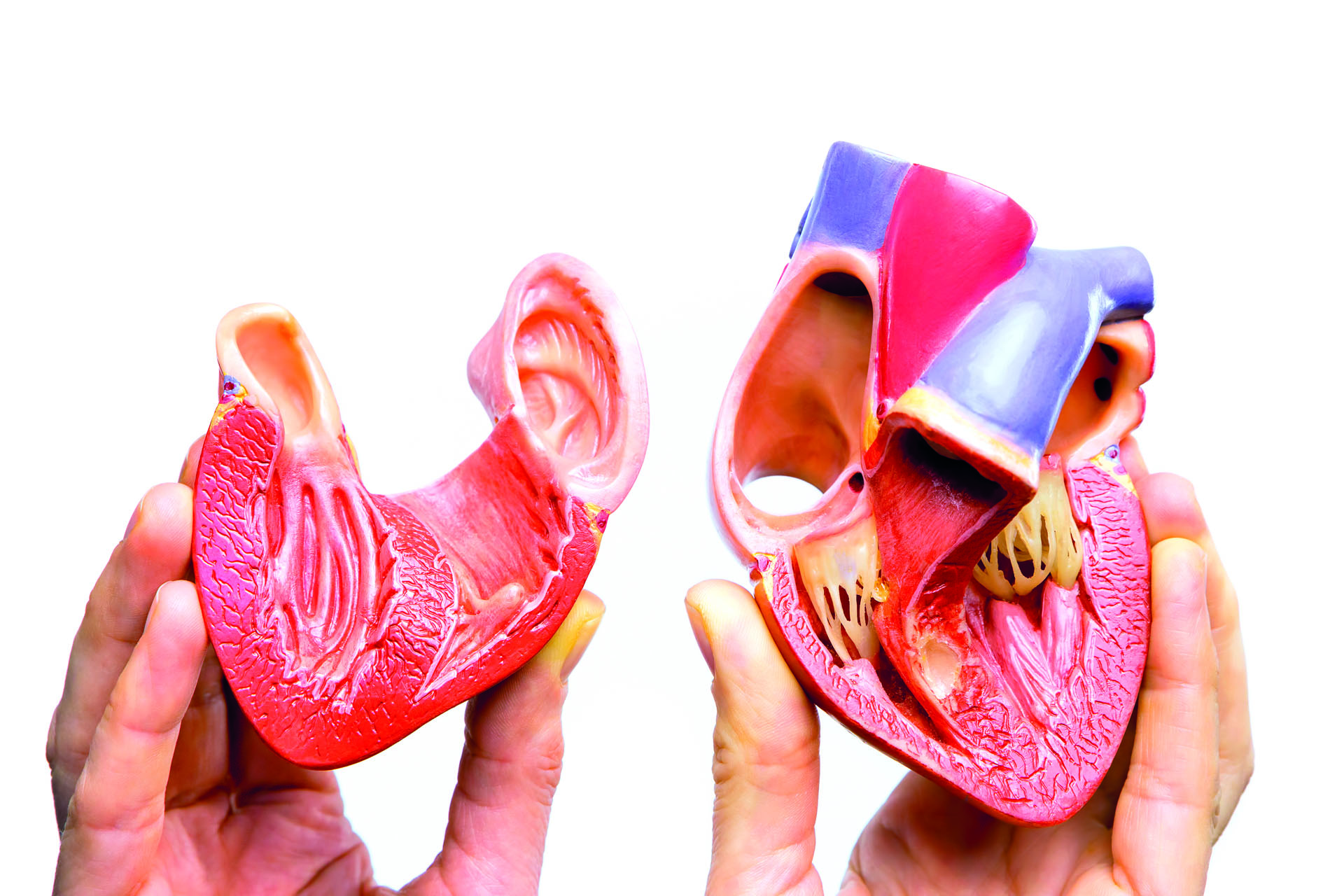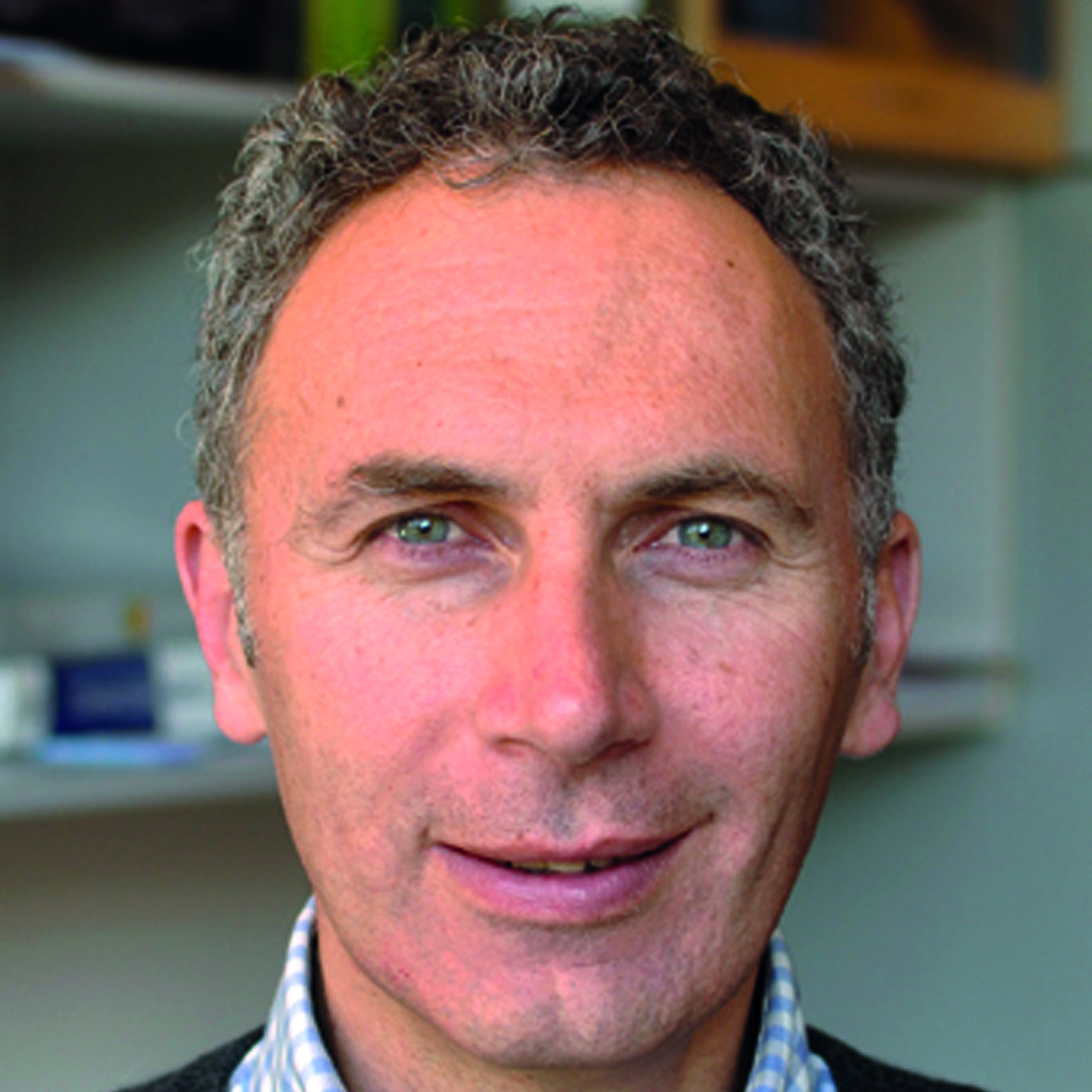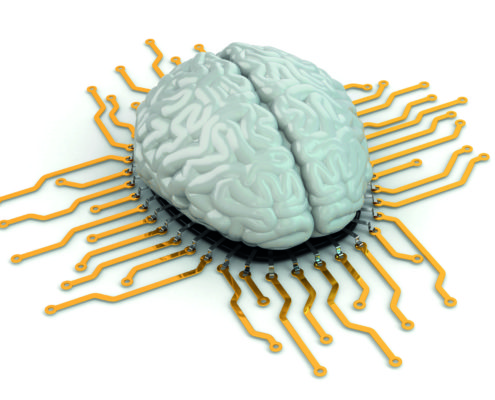Home / Fluid Dynamics / Matters of the heart
 https://cpp.canon/app/uploads/2018/05/Infographic-Fluid-Dynamics.jpg
1080
1920
Michel van der Wal
Michel van der Wal2018-07-23 10:40:582019-02-18 13:31:53Infographic: fluid dynamics is changing our world
https://cpp.canon/app/uploads/2018/05/Infographic-Fluid-Dynamics.jpg
1080
1920
Michel van der Wal
Michel van der Wal2018-07-23 10:40:582019-02-18 13:31:53Infographic: fluid dynamics is changing our world










